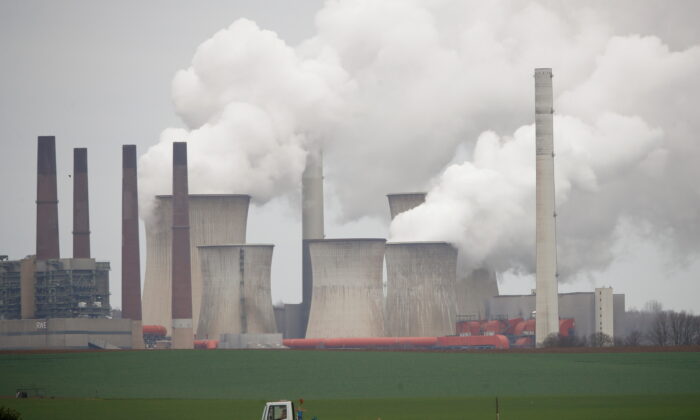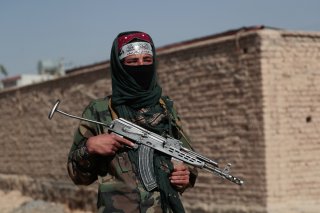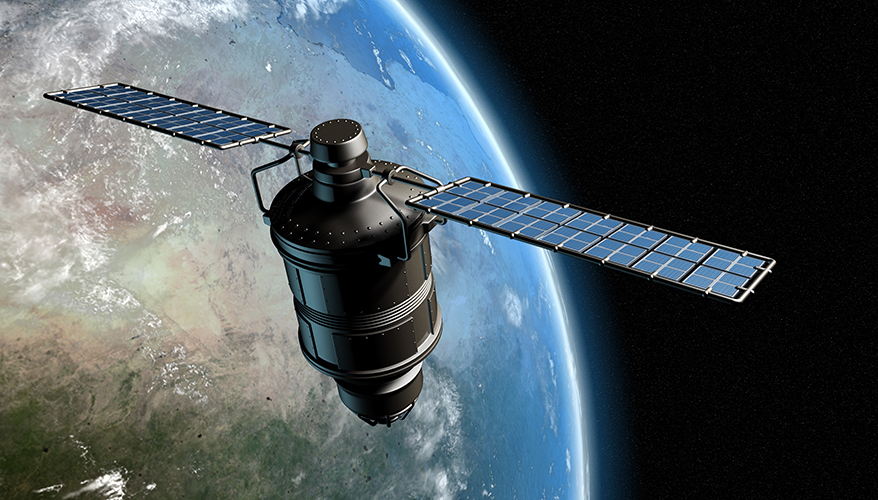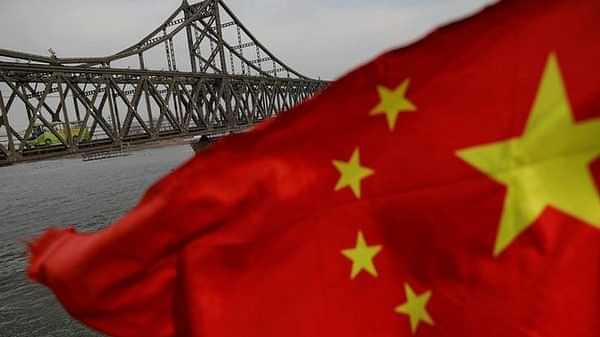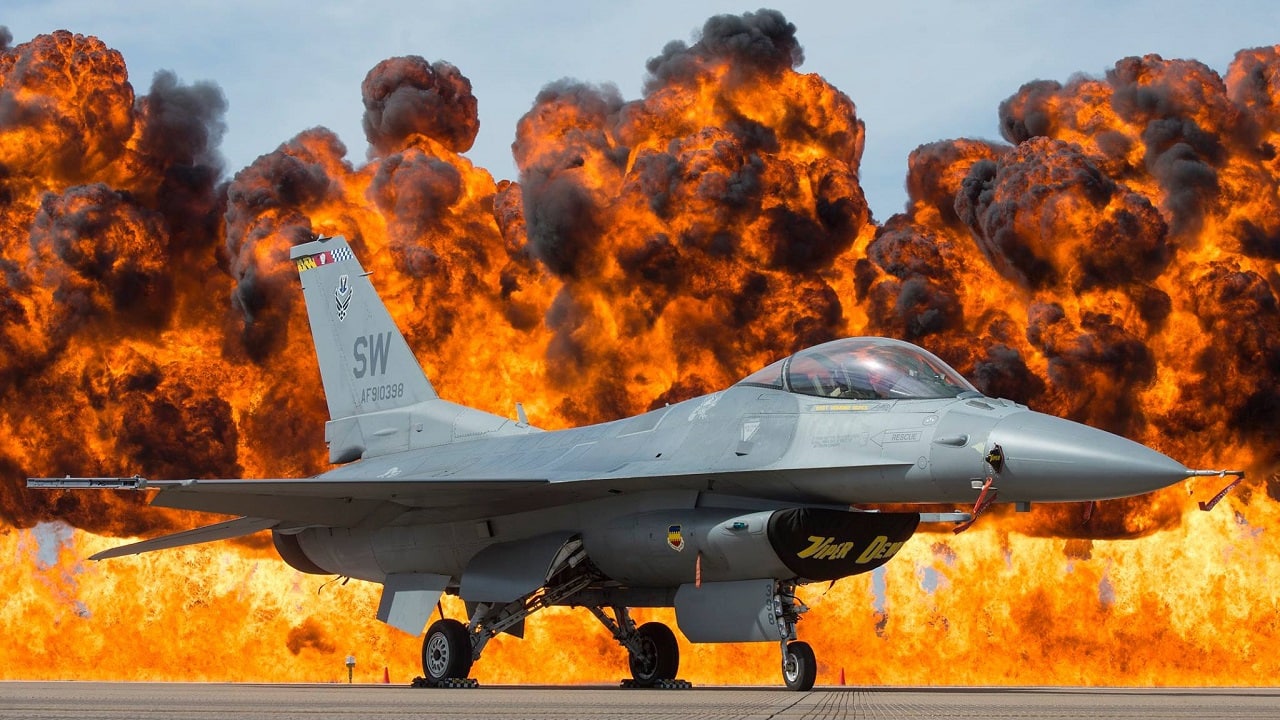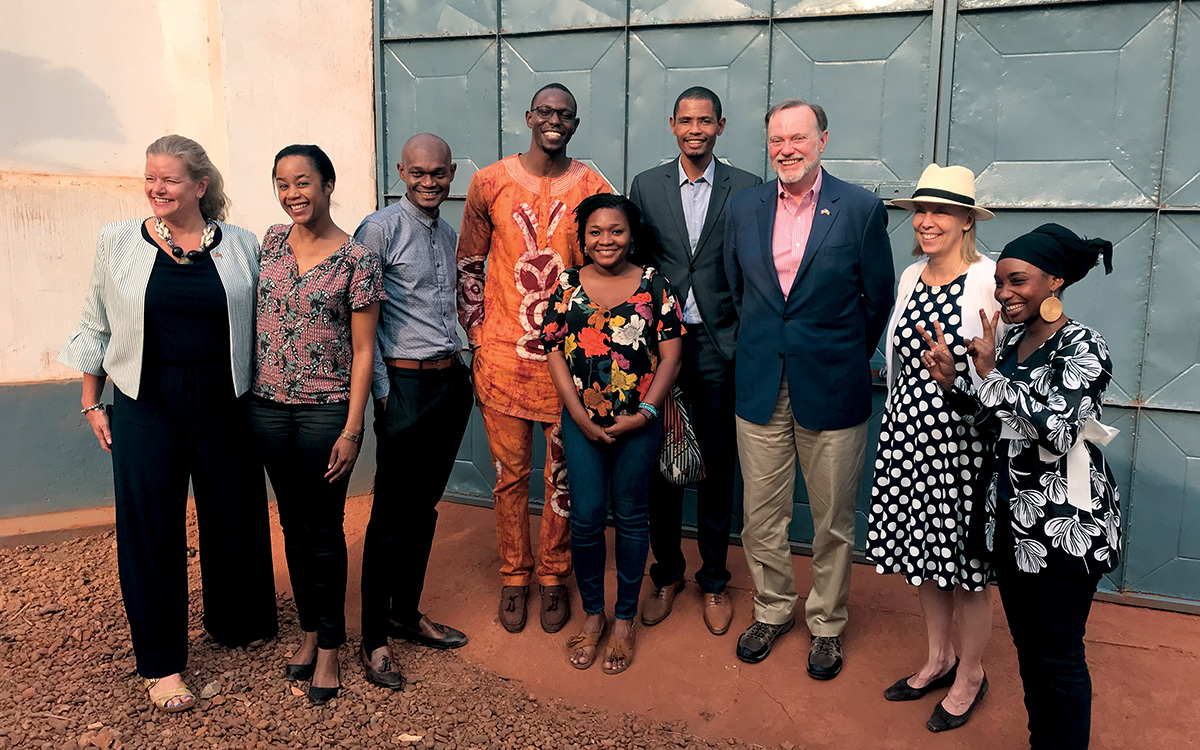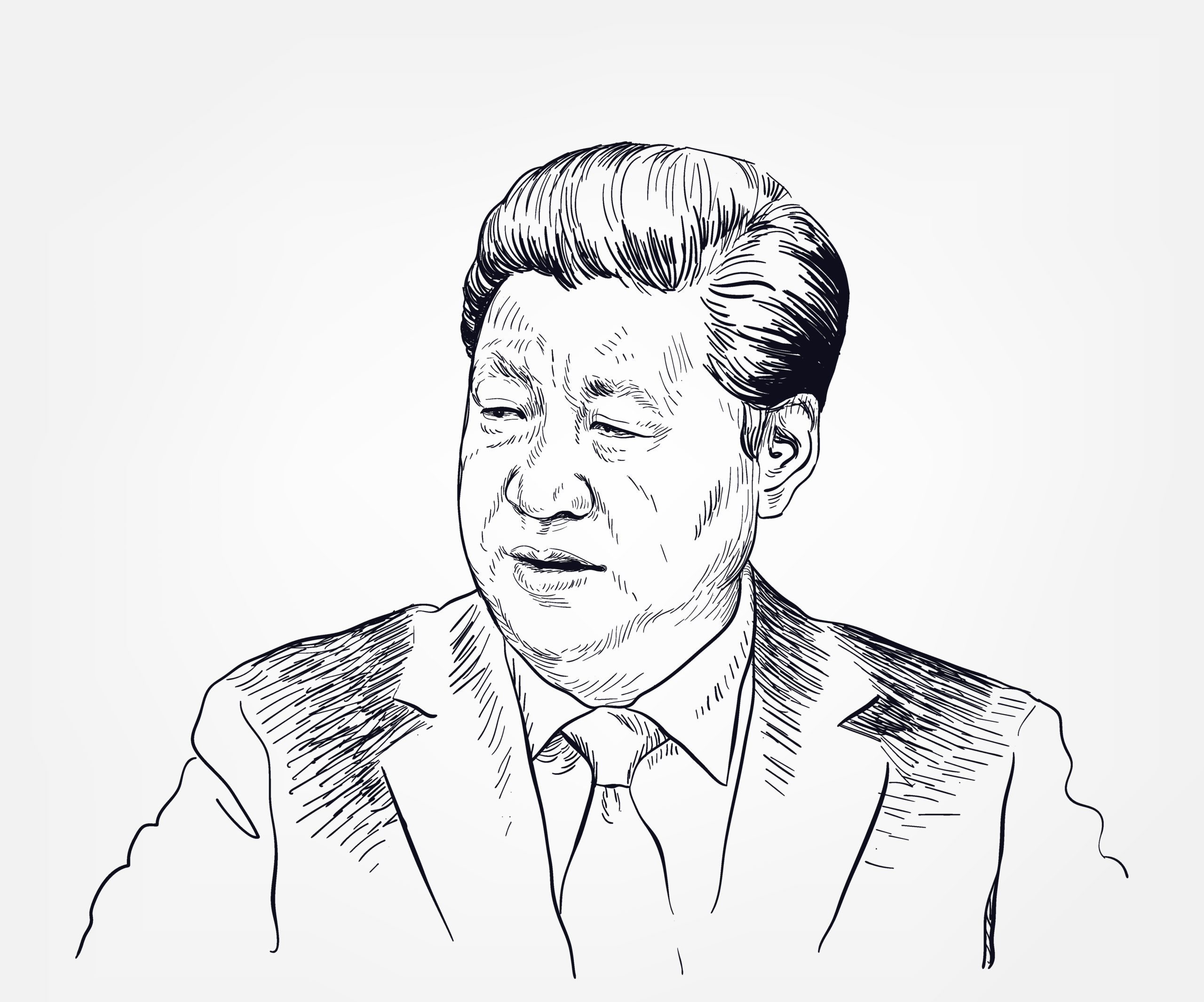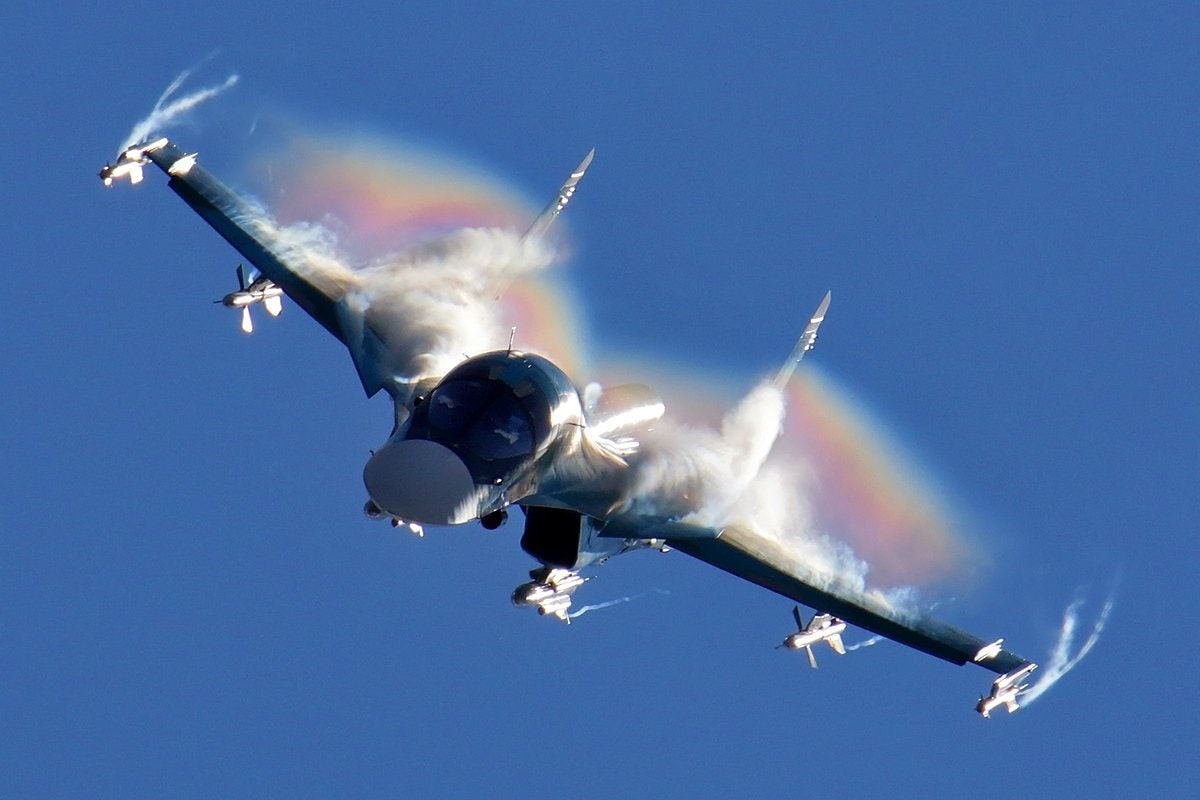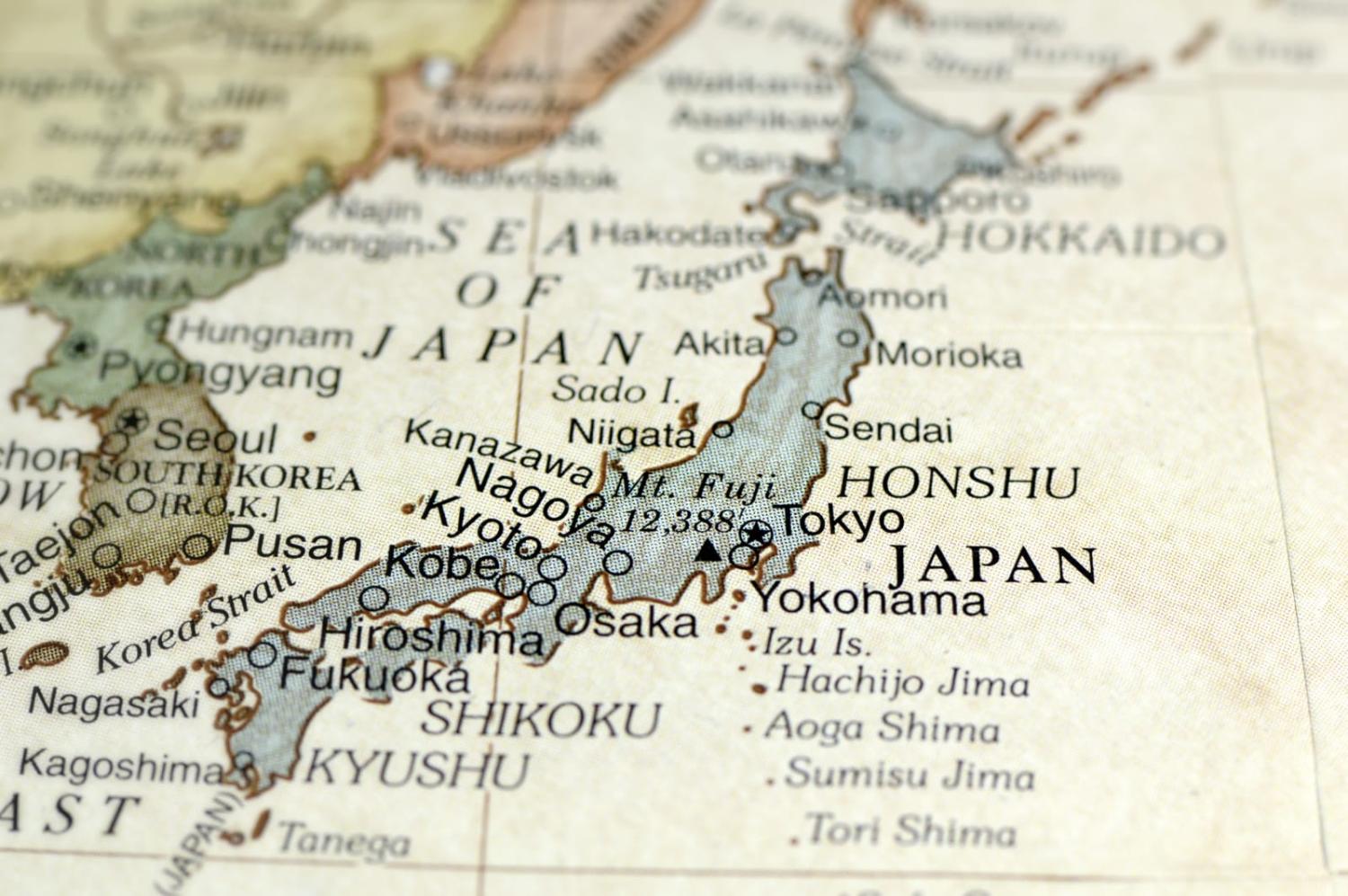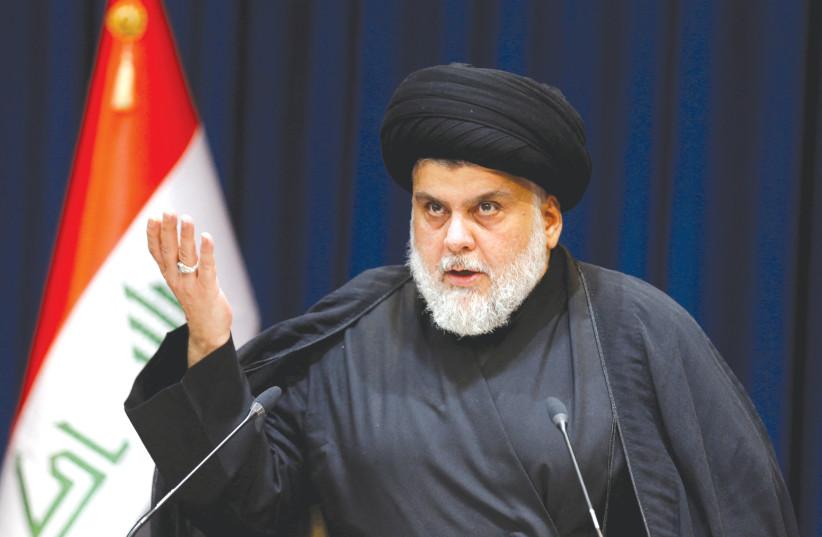Russia and the West have each landed powerful blows on their opponent this month in their ongoing energy war. Gazprom has stopped gas supplies to Europe via the Nord Stream pipeline, citing technical problems, while the G7 countries have announced their intention to implement a price cap on Russian oil exports. A proposal to curtail Russia’s oil revenues through a price cap had been discussed since July. Now it is finally taking shape, although questions about its feasibility remain.
The G7 proposals appear to replace the complete ban on insuring Russian oil shipments that was due to come into force on December 3 as part of the EU’s sixth sanctions package. Now it would be permitted to insure Russian oil shipments so long as the oil price does not exceed the cap.
The reason for this change of plan seems to be that the G7 leaders, already facing recession and high inflation at home, are keen to avoid exacerbating the problems created by gas shortages. If fully implemented, the ban on insuring Russian oil shipments would have deprived the market of 6 million barrels of oil a day (the total volume of Russian oil exports minus pipeline and railroad shipments to China). It would have been impossible to substitute such a significant amount on today’s market, leading to sharp price increases: J.P. Morgan forecasts prices of up to $380 a barrel.
The current developments on the gas market only make such an outcome more likely and provide a glimpse of the scale of potential damage to the global economy. In addition, such a steep rise in oil prices would create too much temptation to violate any prohibitions and sanctions. To maintain global economic stability, the G7 states are seeking to preserve the current volume of Russian oil shipments, but at significantly reduced prices, calling for creating a broad coalition of buyers.
It appears that responsibility for ensuring the price cap is not breached will be put on the insurance companies of the countries that join the coalition. After all, insurers know the value of the insured shipment and the cargo capacity of the insured vessel, which should allow them to determine the purchase price and deny their services if it’s above a certain threshold—or else risk incurring penalties from their countries’ governments.
Nevertheless, there are numerous shortcomings to the new G7 proposals. Firstly, they assume that insurance companies representing the G7 and coalition countries have a virtual monopoly on the insurance market, but in recent months, Russia has been actively trying to create its own insurance entities for this purpose (though it’s unclear whether insurance policies from those underwriters will be accepted by vessel owners and port authorities across the globe).
The proposed restrictions could also be easily circumvented. Whenever countries on sanctions lists face difficulties in selling their natural resources, creative minds will find a way to thwart the proposed measures with help from companies prepared to turn a blind eye to the shady elements of ostensibly legal transactions. Oil shipments could be bundled with some symbolic but pricey services, such as customs services, laboratory analysis, or document translation. Another scheme would involve loading a supposedly full 80,000-ton oil tanker with only 50,000 barrels of oil, bringing the cargo price per barrel closer to the market price.
Such schemes would, of course, require some collusion on the part of intermediary countries, but that is unlikely to be a problem. In recent months, Malaysia’s oil exports to China have exceeded the country’s actual oil production by one third. Malaysia also cooperates with Iran and Venezuela in contravention of sanctions regimes.
It’s also unclear how seriously Russia will resist the imposition of a price cap. The plan’s architects claim that the capped price will still generate enough profit for it to be worth Russia’s while to sell the oil. But that logic assumes that Moscow will act rationally and try to maximize its economic gains. That might be how the economists in the Russian government think, but it’s visionaries rather than pragmatists who determine Russia’s policies now. The country’s behavior since February has demonstrated that it’s prepared to sacrifice its economic interests for the sake of political and military goals.
Russia is also willing to suffer economic losses if they mean privations for the West. In the Kremlin’s logic, Russia—with its wealth of energy and food resources—is in a better position to weather the crisis than other countries. Therefore, Moscow should sabotage any attempts at reconciliation and seize opportunities to create crises not only on the gas market, but on the oil market too.
Paradoxically, Russia may get some help from the OPEC countries here. For them, an emerging buyers’ cartel risks potentially manipulating the entire oil market and its prices. If the cartel succeeds in forcing Russia to obey its rules, the Arab countries may be next. If Russia counters the price cap by reducing its output, therefore, Saudi Arabia may be reluctant to increase its oil exports to compensate for the reduction, whether it has sufficient available production capacity or not.
Finally, the jury is still out on whether India and China, the biggest new buyers of Russian oil, are prepared to join the price cap coalition. To persuade them to cooperate, the West might use the threat of secondary sanctions as the stick to accompany the carrot of low prices for Russian oil.
If Russia resists the pressure and cuts its supply to the global market, India and China may decide to stay out of the fray and sign separate agreements with Russia and offer to insure oil shipments. In that case, the G7 states will be saddled with the tough choice of whether to impose sanctions on their largest trading partners and risk waging an economic war on several fronts. The Trump administration dared to impose sanctions on the Chinese tech giants ZTE and Huawei for violating U.S. sanctions against Iran with no significant pushback from China, but the world has changed a lot since then.
